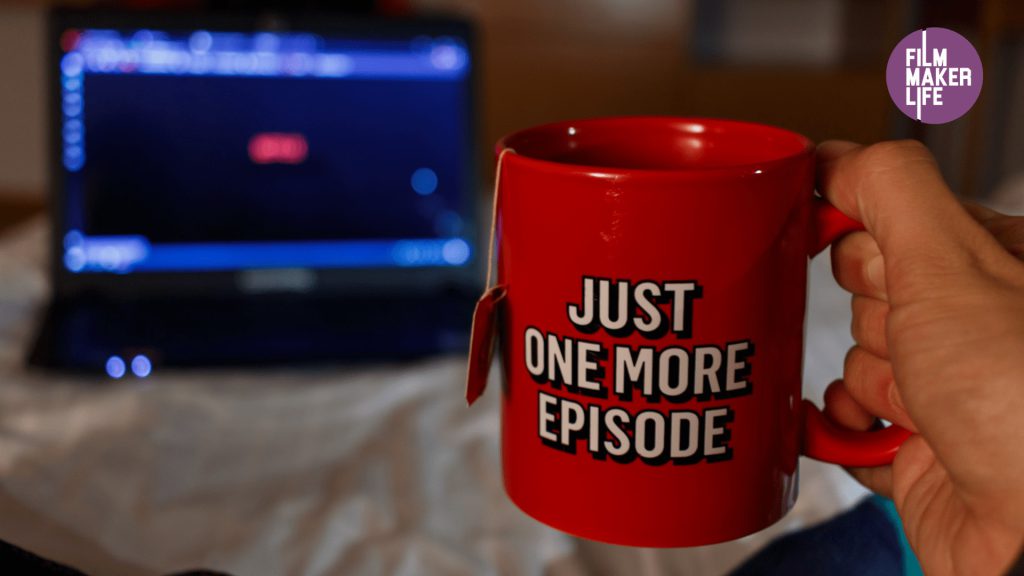Thankfully corporations commenced emerging that discerned that a filmmaker’s interests and a distributor’s or aggregator’s interests were not mutually exclusive.
Conclusively, companies have emerged that are now giving filmmakers the possibility of reaching these larger retail platforms and are taking fees that seem to better align with the work that each partner is contributing.
The problem with the old aggregator model is that there are too many middle men and the filmmaker ends up receiving the smallest share of the film’s profits. Under the new model, there are fewer middle men and the filmmaker is compensated based on the payout rates of the retail platform (Often getting 100% of the payout). So how much does this amount to? How much do filmmakers make from these deals? Let’s take a look at the revenue payout of a few of the most popular retail platforms.
- iTunes splits sales 70/30. With 70% going to the filmmaker and 30% going to iTunes. For example, when iTunes sells a films for $9.99. $7 of that goes to the filmmaker. With the new aggregator model, the filmmaker will generally see 100% of that $7. With the old aggregator model, the filmmaker would probably see around $3.50 of the $7.
- Hulu streams films for free but 50% of the advertising revenue goes to the filmmaker.
- Amazon VOD pays the filmmaker 50% of what they collect.
- Netflix purchases a license for your film for 1 or 2 years and they can play your film as many times as they like during that period of time. Licensing fees vary on a film by film basis.
Each of these platforms will result in different outcomes for the filmmaker. Hulu seems to be the best choice for exposure, but ad revenue has generally not been the highest performer in terms of payouts to filmmakers. It seems like iTunes may be better for payout (depending on your traffic and conversion rate) but less effective with mass exposure.
For more film news, culture and entertainment , follow Filmmaker Life Magazine on Twitter at @Filmmaker_Life and on Facebook FilmmakerLifeMagazine.

